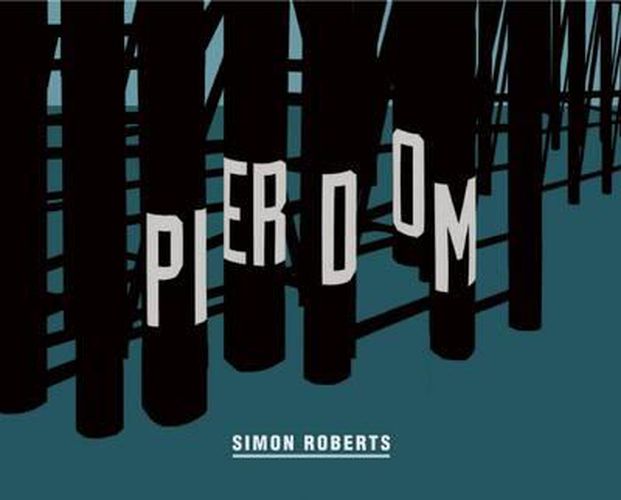Readings Newsletter
Become a Readings Member to make your shopping experience even easier.
Sign in or sign up for free!
You’re not far away from qualifying for FREE standard shipping within Australia
You’ve qualified for FREE standard shipping within Australia
The cart is loading…






The pleasure pier follows the story of Britain’s relationship to the seaside, from the early links with the Romantics, to the engineering feats and technical advancement of the Industrial Revolution. They bear witness to the growth of the coast as a pleasure destination for a monied elite, as well as the working class’ enthusiasm for the seaside brought on by the development of the railways and the bank holiday ruling. Britain’s piers trace our changing economic fortunes too, from post-war boom to economic downturn, and now a slow re-awakening of our appreciation of these cultural and historic landmarks. At the turn of the last century, almost a hundred piers existed; now only half remain and several face an uncertain future. Whilst some are modest structures, others are elegant and exotic, thrusting out into the sea with characteristic Victorian aplomb. Loosely following in the footsteps of Francis Frith, whose company made the last major photographic survey of these peculiarly British structures, Roberts has been documenting the remaining pleasure piers using his signature landscape style and 4 x 5 plate camera, echoing the aesthetic and tone of his highly successful previous book We English.
$9.00 standard shipping within Australia
FREE standard shipping within Australia for orders over $100.00
Express & International shipping calculated at checkout
The pleasure pier follows the story of Britain’s relationship to the seaside, from the early links with the Romantics, to the engineering feats and technical advancement of the Industrial Revolution. They bear witness to the growth of the coast as a pleasure destination for a monied elite, as well as the working class’ enthusiasm for the seaside brought on by the development of the railways and the bank holiday ruling. Britain’s piers trace our changing economic fortunes too, from post-war boom to economic downturn, and now a slow re-awakening of our appreciation of these cultural and historic landmarks. At the turn of the last century, almost a hundred piers existed; now only half remain and several face an uncertain future. Whilst some are modest structures, others are elegant and exotic, thrusting out into the sea with characteristic Victorian aplomb. Loosely following in the footsteps of Francis Frith, whose company made the last major photographic survey of these peculiarly British structures, Roberts has been documenting the remaining pleasure piers using his signature landscape style and 4 x 5 plate camera, echoing the aesthetic and tone of his highly successful previous book We English.